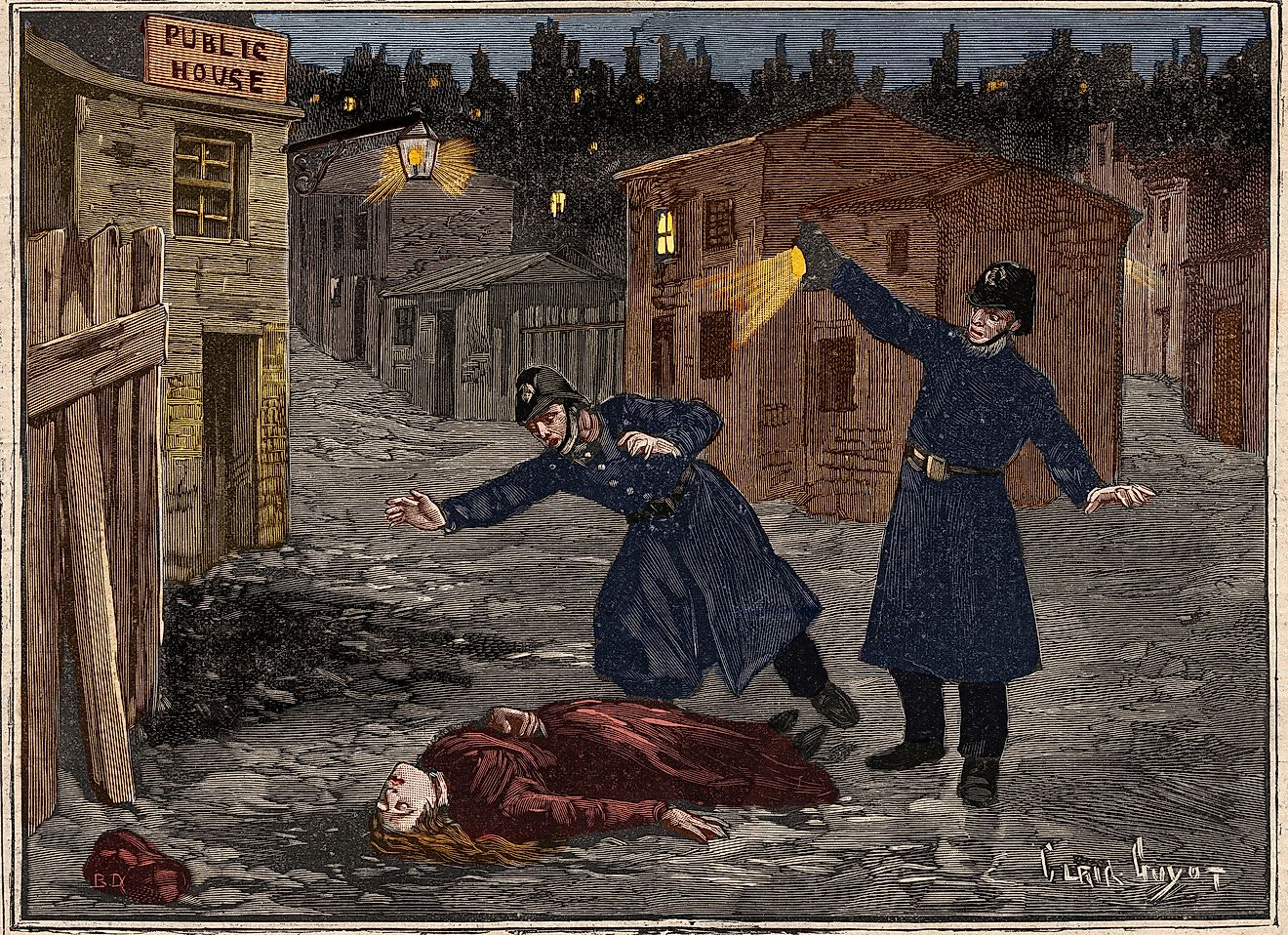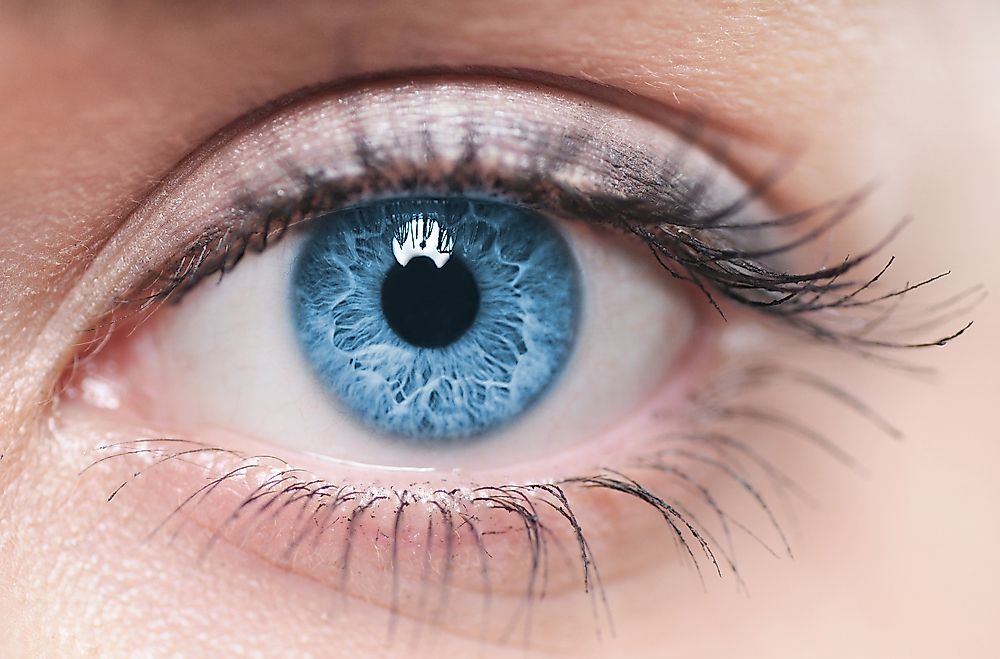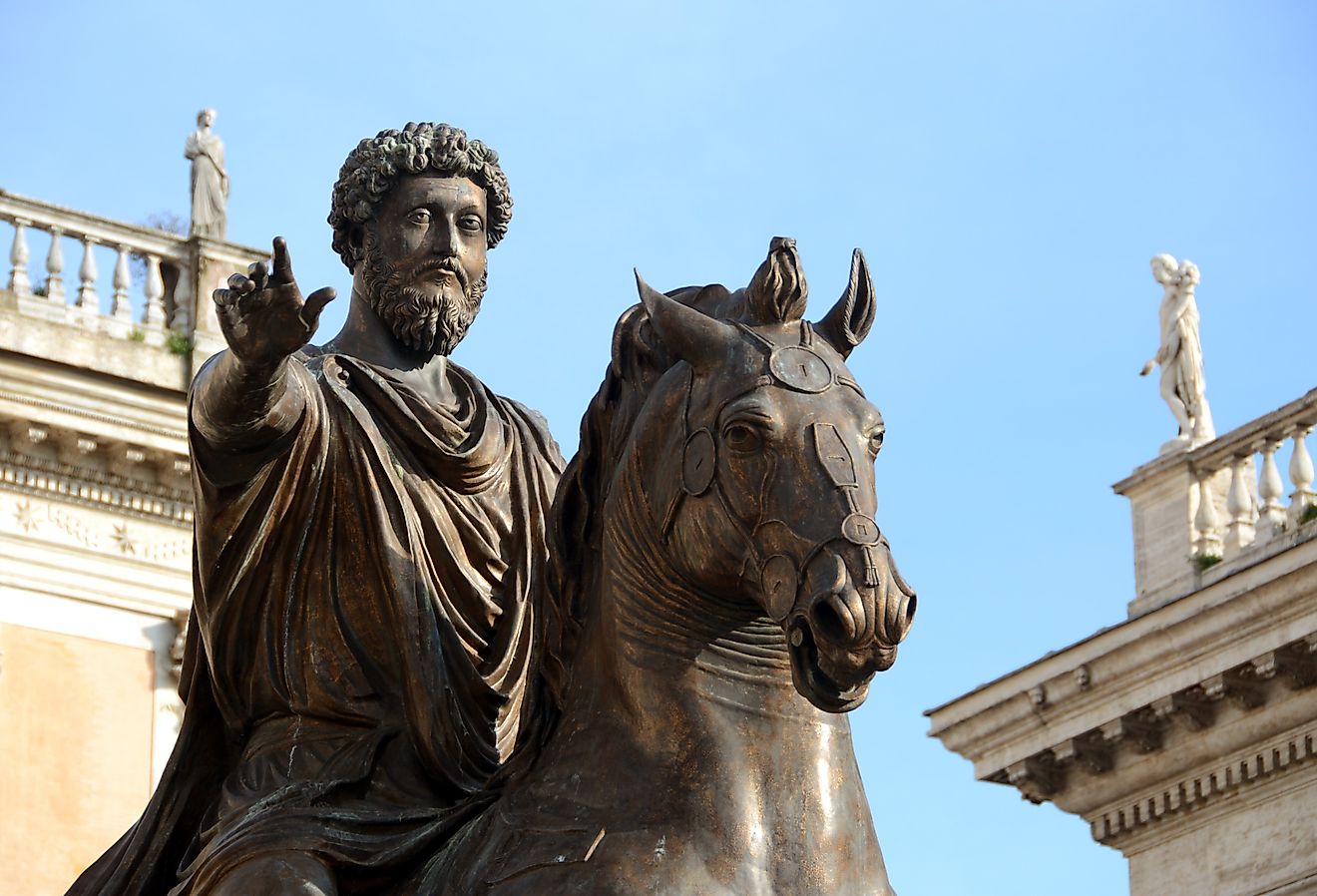Are Werewolves Real?

To modern societies, werewolves remain the mythical creatures, and the closest they come to reality is in Hollywood productions. However, not so long ago people believed in their existence and even took precautions not to encounter or turn into the creatures. People believed that werewolves acted as the real wolves do, they attacked at night killing sheep, livestock, and in some case even humans. The difference is that at some point the werewolves changed back to their human forms.
History of Werewolf Mythology
A werewolf or a lycanthrope is a mythological creature that could change from a human to a wolf. Folklores told a story about humans who could shape shift to werewolves because of a curse or affliction from a bite from a scratch from another werewolf. The mythology of werewolves became widespread in Europe. It is believed werewolves developed alongside beliefs of witches in the 15th century in Switzerland. By the 16th century, it had spread across Europe and peaked in the 17th century before subsiding in the 18th century.
According to Folklorist Carol Rose, Ancient Greeks believed that one could transform into a werewolf by consuming the flesh of a wolf that had been mixed with that of a human and that the condition was irreversible. Other European societies believed that werewolves were people who were cursed during the full moon, eating certain herbs, sleeping under the full moon on Friday, or by drinking water touched by a werewolf. Although the full moon was one of the many causes of lycanthropy, it stuck to many and became the most accepted method. To date, a lot of people still associate the full moon with bad luck.
Lycanthropy as a Medical Condition
Several medical conditions mimic the appearance of werewolves and might have contributed to the ancient beliefs of their existence. One of the conditions is hypertrichosis which leads to unusually long hair on the body and the face. Porphyria is a medical condition that results in extreme sensitivity to light and patients are only comfortable leaving their houses at night. Seizures and anxiety also contributed to the beliefs. None of these medical conditions could turn anyone into a werewolf, but centuries ago, such conditions were uncommon, and those affected were considered extraordinary humans. The existence of dark magic compounded the belief that such people were cursed and could turn into werewolves.
Citing of Werewolves
In 1589 a German man known as Peter Stubbe claimed that he owned a belt of wolfskin that allowed him to transform into a wolf. He claimed that his teeth could multiply to simulate those of a wolf and his body would change to that of a wolf that could stand on two legs. He claimed that he had killed more than a dozen men in 25 years. On the Halloween of 1589, Stubbe was decapitated on allegations of being a werewolf although there was no evidence of him being one except his confession. It was later revealed that Stubbe was of unsound mind. Even today, several people claim to have sighted werewolves across Europe and the US but no werewolves have ever been captured on camera or documented.











